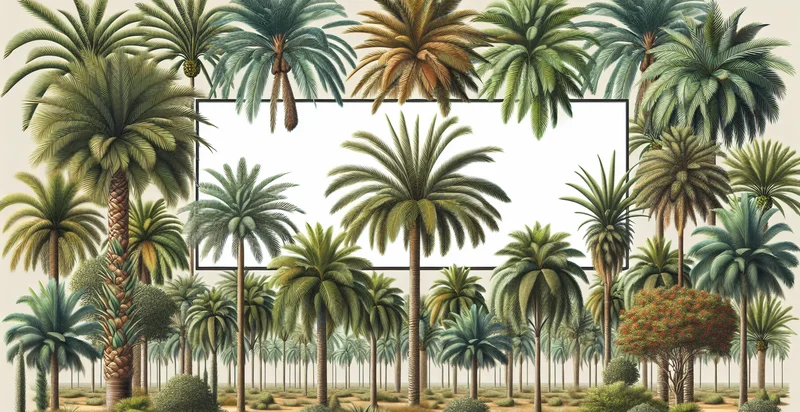Identify if tree is a palm
using AI
Below is a free classifier to identify if tree is a palm. Just upload your image, and our AI will predict if the tree is a palm - in just seconds.

Contact us for API access
Or, use Nyckel to build highly-accurate custom classifiers in just minutes. No PhD required.
Get started
import nyckel
credentials = nyckel.Credentials("YOUR_CLIENT_ID", "YOUR_CLIENT_SECRET")
nyckel.invoke("if-tree-is-a-palm", "your_image_url", credentials)
fetch('https://www.nyckel.com/v1/functions/if-tree-is-a-palm/invoke', {
method: 'POST',
headers: {
'Authorization': 'Bearer ' + 'YOUR_BEARER_TOKEN',
'Content-Type': 'application/json',
},
body: JSON.stringify(
{"data": "your_image_url"}
)
})
.then(response => response.json())
.then(data => console.log(data));
curl -X POST \
-H "Content-Type: application/json" \
-H "Authorization: Bearer YOUR_BEARER_TOKEN" \
-d '{"data": "your_image_url"}' \
https://www.nyckel.com/v1/functions/if-tree-is-a-palm/invoke
How this classifier works
To start, upload your image. Our AI tool will then predict if the tree is a palm.
This pretrained image model uses a Nyckel-created dataset and has 2 labels, including Is Not Palm and Is Palm.
We'll also show a confidence score (the higher the number, the more confident the AI model is around if the tree is a palm).
Whether you're just curious or building if tree is a palm detection into your application, we hope our classifier proves helpful.
Related Classifiers
Need to identify if tree is a palm at scale?
Get API or Zapier access to this classifier for free. It's perfect for:
- Urban Forestry Management: Municipalities can use the palm tree identifier to help manage urban forestry programs. By identifying palm trees in parks and public spaces, city planners can prioritize maintenance and improve urban green spaces.
- Agricultural Planning: Farmers can leverage the identifier to assess whether palm trees are present in their orchards or fields. This information can aid in decision-making regarding crop rotation, pest management, and resource allocation.
- Environmental Monitoring: Environmental researchers can utilize the palm tree identification function to monitor biodiversity in specific ecosystems. This data can help track the health and distribution of palm species, contributing to conservation efforts.
- Tourism and Landscaping Services: Landscape designers and tourism companies can use the identifier to curate tropical experiences for clients. By accurately identifying palm species, they can create tailored tours or landscape designs that emphasize local flora.
- Insurance Assessment: Insurance companies can employ the identifier during risk assessments for properties in tropical regions. By knowing the types of trees on a property, insurers can evaluate potential risks related to storms, falling branches, or property damage.
- Ecological Research: Researchers studying tropical and subtropical ecosystems can use the palm identifier to classify study sites more effectively. This identification can lead to better understanding and mapping of ecological relationships and habitat preferences.
- Educational Programs: Schools and educational institutions can integrate the palm tree identifier into nature studies and environmental science programs. Students can learn about ecology, botany, and conservation by interacting with the identification tool in field studies.


